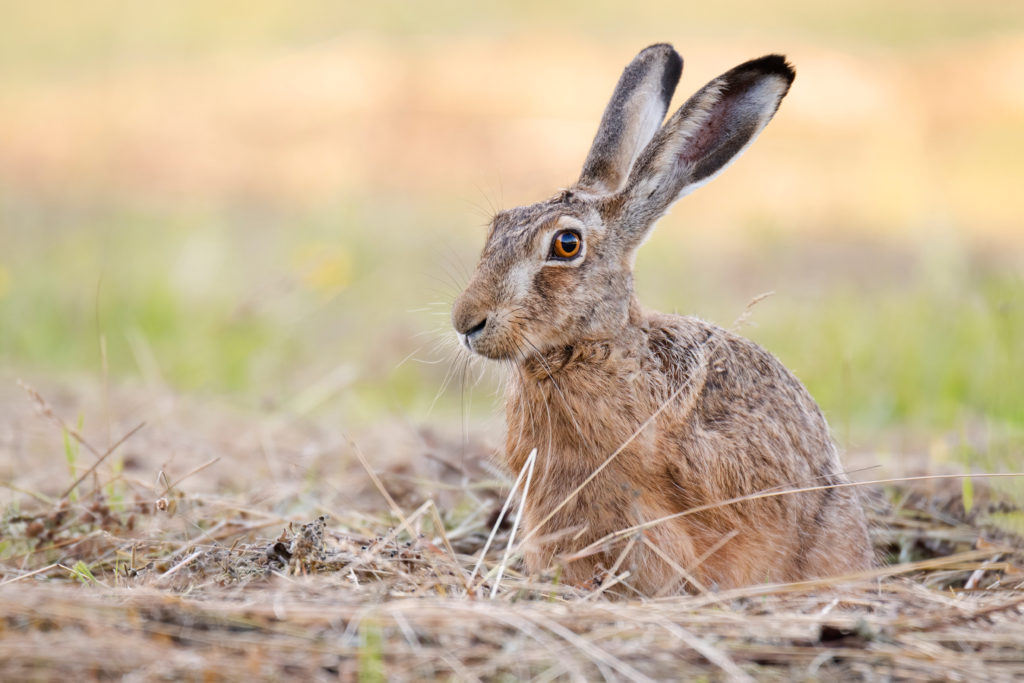Pindone Rabbit Bait
Pindone Characteristics: Full grown Rabbits require 21 Pindone pellets for mortality. Eaten over 5-6 days. Multi-feed toxicant Assess the area to be treated using the Modified McLean Scale. It takes around 2-4 feeds before enough Pindone is digested. Majority of rabbits will die underground. The hierarchy within the population can affect the initial volume of […]
Pindone Rabbit Bait Read More »











